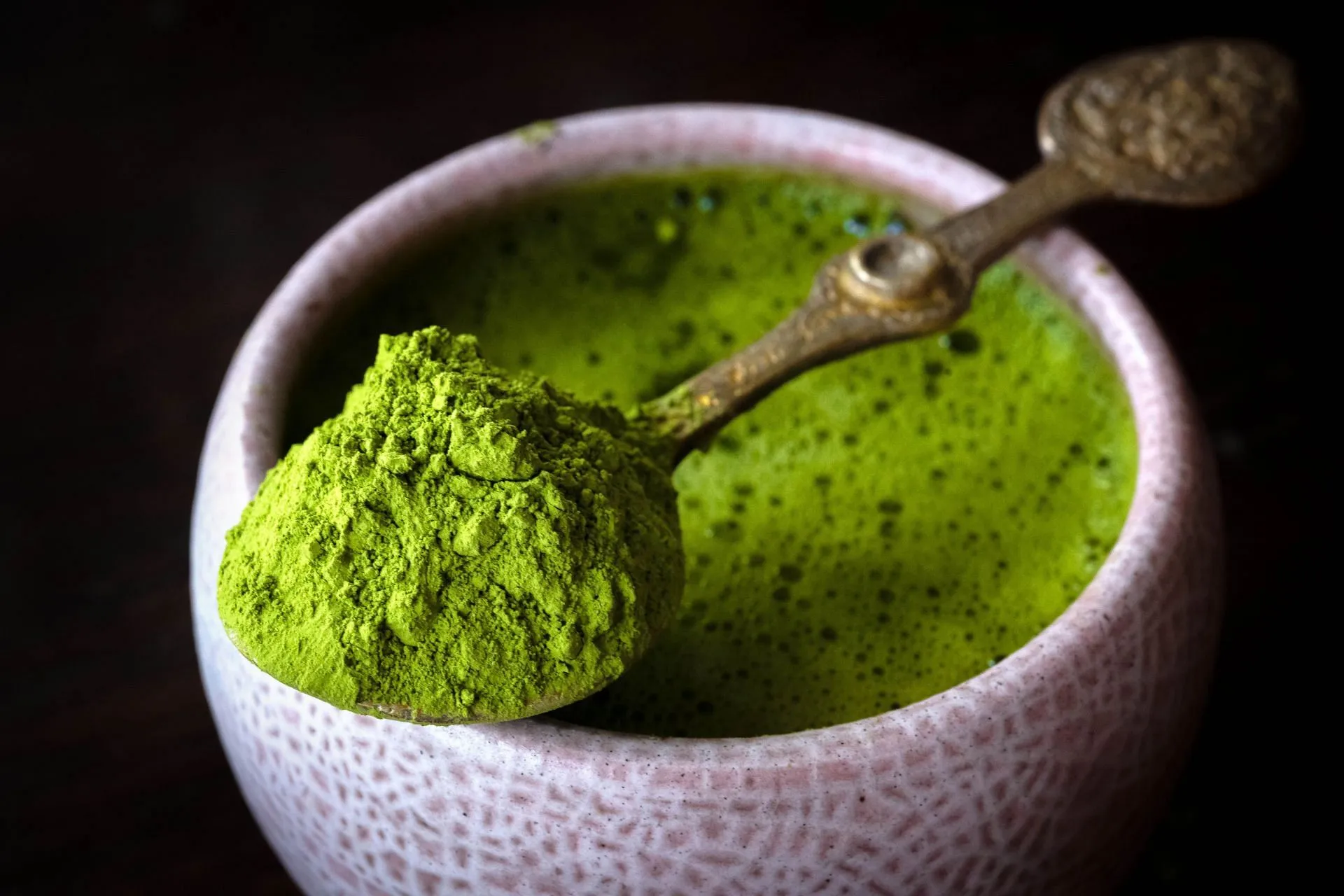Japan is currently facing a challenging matcha shortage, a situation driven by soaring global demand for this finely ground green tea powder. According to an article by Food and Wine, matcha’s popularity surged during the pandemic as consumers turned to its well-known health benefits and unique flavor profile.
As per a report from The Japan Times dated February 23, 2025, the Ministry of Agriculture, Forestry and Fisheries of Japan revealed that matcha production experienced a remarkable tripling from 2010 to 2023. Over the last five years, exports have accounted for more than half of this production, indicating a significant tipping point in the market.
Major tea brands like Kyoto-based Ippodo and Marukyu have announced purchasing limitations on matcha due to this shortage, which became particularly evident in 2024. However, relief may be on the horizon with the next tea harvest projected to commence around April 2025. Even so, experts caution that this won’t be a sustainable solution, as global demand for this powdered green tea continues to escalate. Forbes anticipates the matcha market will reach approximately $5 billion by 2028.
Understanding Japan’s Matcha Shortage

Despite the rising demand, tea producers are grappling with multiple challenges that hinder their ability to keep pace. The production process of matcha consists of two essential stages: cultivating ‘tencha’ leaves and grinding them into a fine powder. While an abundance of land exists for growing tea, it takes approximately five years for the shrubs to mature. This lengthy maturation period complicates efforts to scale production swiftly.
Tencha leaves are ground as required rather than processed in bulk, maintaining a continuous supply. Nevertheless, the grinding machines operate slowly, with the fabrication of new stone mills taking at least a month. Simoa Suzuki, co-founder of the Global Japanese Tea Association, expressed concerns about these logistical challenges, noting the direct impact on production capabilities.
“You need a lot of stone mills to make a large quantity of ceremonial matcha. And if demand suddenly increases a lot, production can be strained, which limits how much matcha can be made at once,” Simoa Suzuki said.
The Ministry of Agriculture, Forestry and Fisheries has highlighted another pressing issue: the declining number of tea farmers. Many farmers are aging, while younger generations show diminished interest in agrarian careers, resulting in several farms becoming uncultivated.
The Rise of Matcha: Understanding Its Popularity
Matcha’s ascent can be largely attributed to its diverse health benefits and culinary versatility. Packed with antioxidants, amino acids, and a natural source of caffeine, matcha has become a favored alternative to traditional coffee.
Its infusion into various cafe menus has also contributed to its popularity; Starbucks recently added the Lavender Matcha Malt to its exclusive spring menu and has reintroduced the Lavender Cream Oatmilk Matcha for the 2025 season. The drink has become a favorite on social media platforms, with users frequently sharing their matcha-inspired creations, from classic teas to innovative lattes, smoothies, and desserts.
Moreover, the interest in matcha has extended beyond beverages to skincare, as a myriad of matcha-based products are emerging in the market.
Once a niche product, matcha has evolved into a global staple despite a slight dip in demand within Japan itself. Fumi Ueki, leader of the Leaf Brand Group, commented on this trend, stating:
“We conducted a survey of foreign visitors to Japan at our department stores and found that they are interested in the health benefits of matcha. It seems that people drink matcha not only because it tastes good but also because they expect it to be healthy. We believe that if we can widely promote the health benefits of matcha to the rest of the world, we can expect to see even greater global demand for matcha.”
In light of these ongoing challenges, the matcha industry is actively seeking to enhance production through innovative technologies and attract a younger workforce. However, it may take some time before supply levels stabilize, leading consumers to brace for potential shortages and fluctuating prices in the near future.


